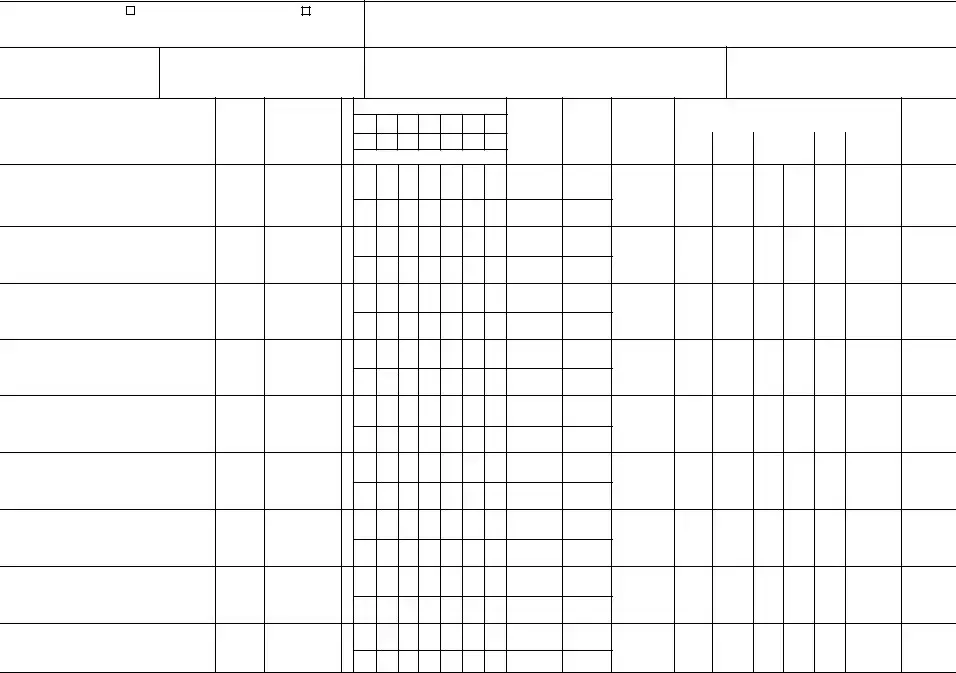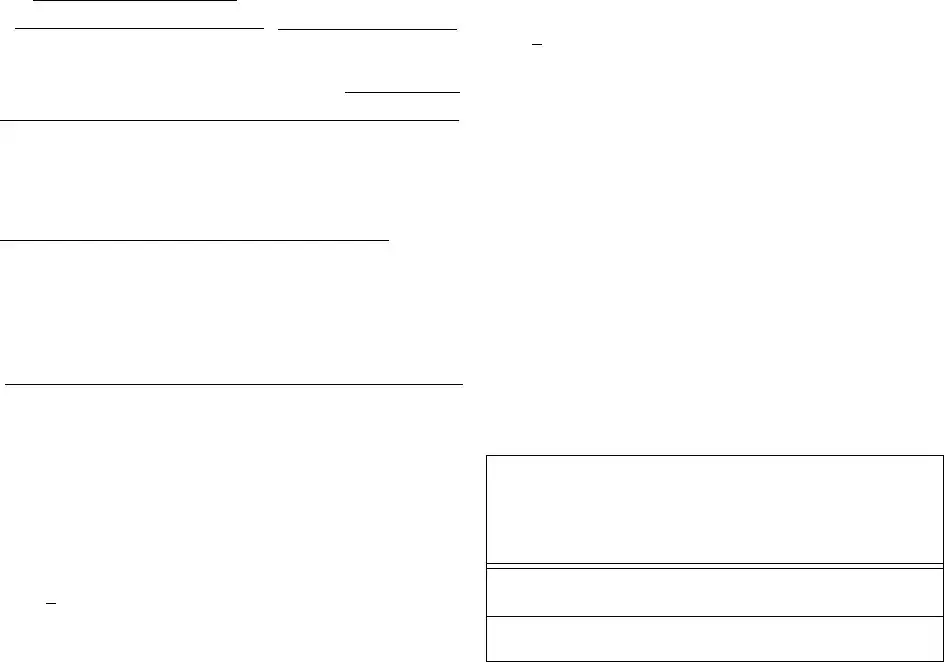The NYC Payroll Form has several parallels to other important documents essential for labor and employment administrative processes. One such document is the W-2 Form, primarily used in the United States to report wages paid to employees and the taxes withheld from them. Similar to the NYC Payroll Form, the W-2 includes critical information such as the employee’s Social Security number, gross earnings, and deductions for taxes. Both documents are vital for ensuring transparency and compliance with tax obligations, providing a comprehensive breakdown of an employee's earnings and deductions.
Another comparable document is the I-9 Employment Eligibility Verification form. This form is utilized by employers to verify the identity and employment authorization of individuals hired for employment in the United States. Like the NYC Payroll Form, which collects detailed employee information, the I-9 requires personal identifiers but focuses on citizenship or immigration status to ensure the legality of an employee’s work status. Both forms, although serving different purposes, are integral to the hiring and payroll processes.
The Federal Tax Form W-4 is similarly related to the NYC Payroll Form in its function related to tax and employment. The W-4 form is used by employees to indicate their tax situation to the employer, determining the amount of federal income tax to withhold from wages. This document, akin to the NYC Payroll form, deals with withholding tax and necessitates personal and financial details from the employee to ensure the correct amount of tax is deducted from their pay.
The Time Sheet record, often used by employers to track the number of hours worked by an employee, shares common elements with the NYC Payroll Form. Both documents record detailed information about the days and hours worked, which is essential for calculating pay based on hourly rates. This close tracking of work hours is crucial for managing overtime and ensuring employees are compensated fairly for their time.
Form WH-347, provided by the U.S. Department of Labor, is utilized for submitting certified payroll records on federally funded or assisted construction projects. It closely mirrors the NYC Payroll Form in its collection of comprehensive employee information, including work classifications and hours worked, ensuring compliance with the Davis-Bacon and Related Acts. Both forms serve as a record of compliance with labor standards and fair wage regulations.
The Employee Handbook, while not a form, is a document that often encompasses similar information to what might be found on the NYC Payroll Form, such as policies on wages, overtime, and benefits. Though broader in scope, handbooks serve as a reference for employees regarding payroll-related issues, echoing the transparency and regulatory compliance seen in the payroll form.
State-specific New Hire Reporting Forms, required to report newly hired or re-hired employees, share the objective of collecting detailed employee information akin to the NYC Payroll Form. These forms, necessary for state employment agencies, include data that is essential for enforcing child support obligations, among other purposes. Both types of documents ensure individuals are accounted for in the workforce system.
The Direct Deposit Authorization Form, used by employees to start or change direct deposit of their paychecks, parallels the NYC Payroll Form in its facilitation of the payroll process. It involves specifying personal banking information, similar to how payroll forms may collect personal and financial details for wage processing. This direct interaction with the payroll system underscores their role in efficient wage distribution.



 - In addition to the basic hourly wage rates paid to each laborer, worker or mechanic listed in the above referenced payroll, payments of fringe benefits as listed in the contract have been or will be made to appropriate programs for the
- In addition to the basic hourly wage rates paid to each laborer, worker or mechanic listed in the above referenced payroll, payments of fringe benefits as listed in the contract have been or will be made to appropriate programs for the
 - Each laborer, worker, or mechanic listed in the
- Each laborer, worker, or mechanic listed in the